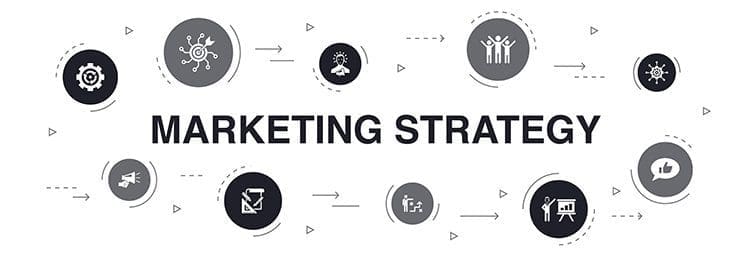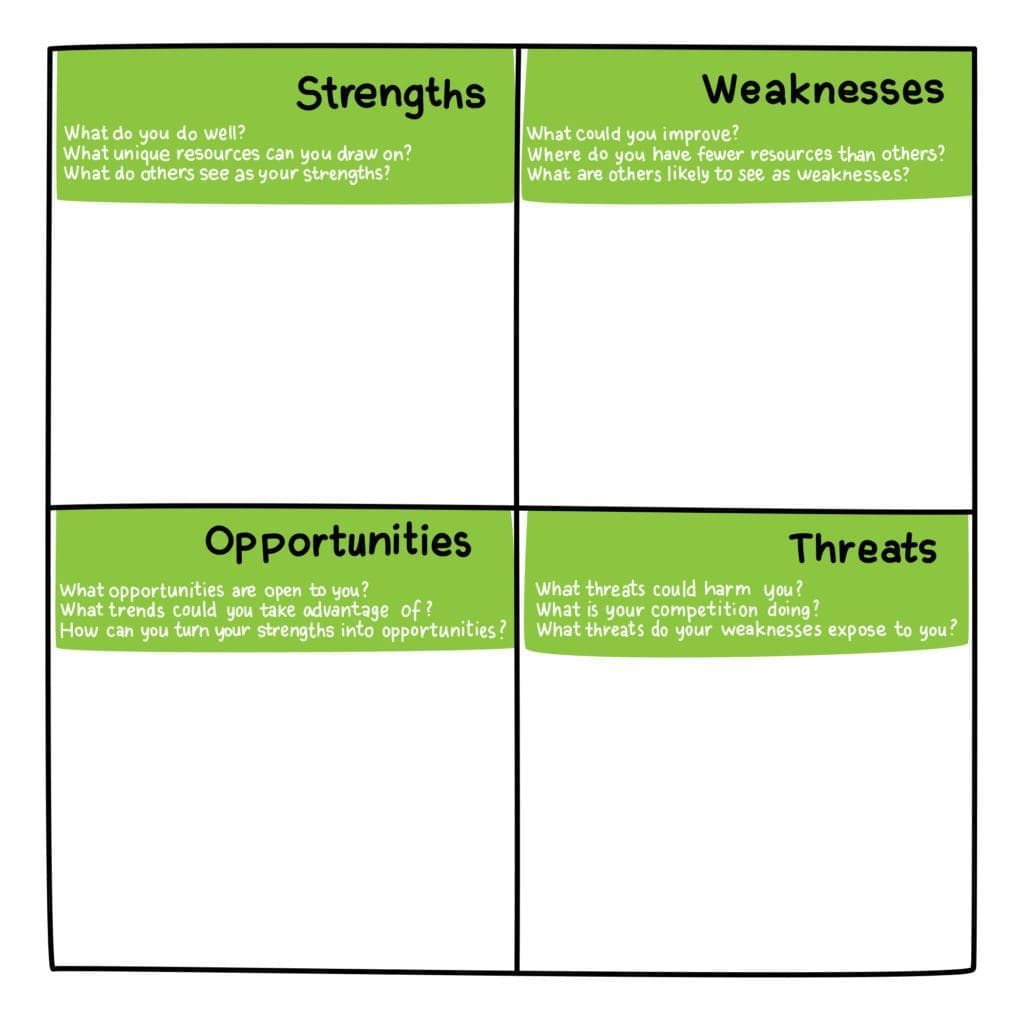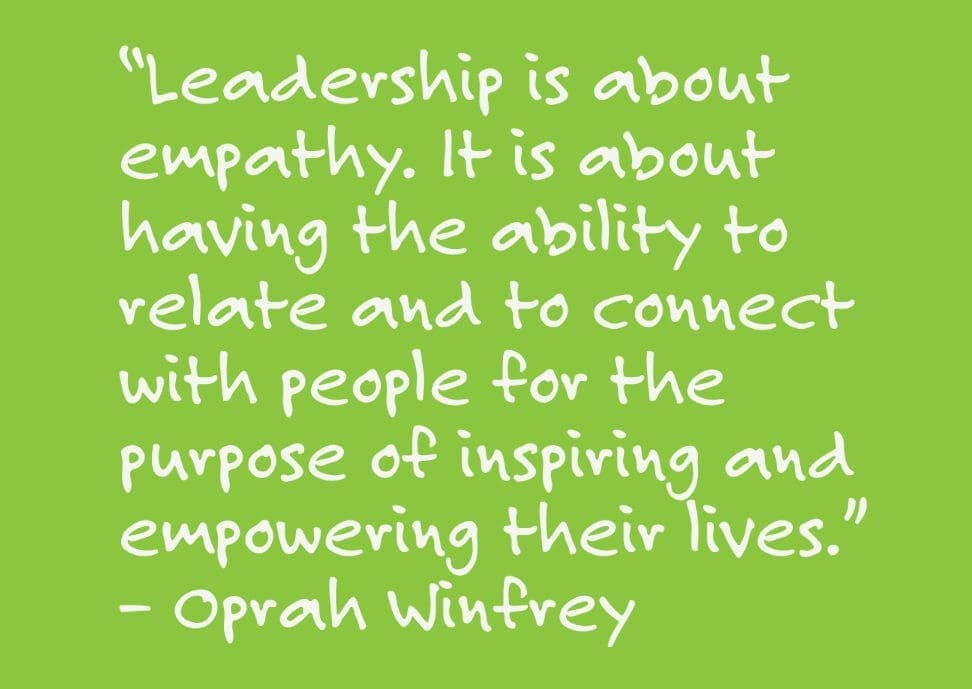Once you have identified your brand/heart/soul, it’s time to develop a marketing strategy. A strategy is important as it’s your guidebook going forward, especially if you’re using an IMF model. Refresher, the IMF in IMF model stands for Integrative Marketing Fusion.

A marketing strategy is of paramount importance for any business. It is a roadmap for organizations to target their desired audience and reach business objectives. Components of a successful marketing strategy include:
- Setting clear goals that align with the company’s mission, brand/heart/soul
- Developing an understanding of the target audience, including needs and preferences
- Implementing a tracking system to measure the success of campaigns
- Leveraging existing customer feedback and market trends to improve future strategies
- Allocating resources in a cost-effective manner for maximum impact
While goals indicate what you want to achieve; a strategy is the plan to meet those goals.
This is where we map out several integral elements in one, concise document to act as a checks and balances against your communications activities. Reviewing your activities against this document will quickly identify if you are on strategy with your mix and tactics.
Keep conscious when you’re creating this
- What will stand you apart from competitors?
- What will capture attention?
- What will cut through the market “noise?”

Here are five distinct marketing strategies you can use to achieve your marketing goals
Awareness marketing
- I want people to know who I am and what I do
- In order to be noticed, this marketing strategy must be loud and clear
- The marketing message is simple and straightforward
- Large companies use this marketing strategy because it gets a lot of attention very quickly
Legitimacy marketing
- This marketing strategy is about building a reputation. Its marketing message is about the value you add to people’s lives
- This strategy usually involves many marketing tactics over a long period of time
- Small businesses use this marketing strategy because it takes much longer for it to pay off, but when it does, your success will be felt throughout the market segment
Affinity marketing
- I want people to see me as part of a community, to become part of a bigger whole
- The marketing message is about being a member of the club
- No one company owns it. Several companies may use this marketing strategy at any given time depending on how they approach their marketing activities
Relationship marketing
- I want to build a strong relationship with my customers, offering them the best of me and my business
- The marketing message is that we fit with each other
- This marketing strategy is about deepening communications over time through multiple marketing activities and approaches
Target marketing
- I want to focus on a specific market segment, a specific target audience
- The marketing message is about having the same needs, wants and desires
- This marketing strategy usually involves marketing tactics created for this purpose only
- It can be very effective when you have a smaller marketing budget which would allow you to focus on a small number of marketing activities instead of trying to cover a lot of marketing ground
All the above strategies can be used at the same time, depending on your marketing goals and budget. Your strategy should also be aligned to support your brand and what you want to achieve through marketing activities.
Incorporating Integrative Marketing Fusion aspects also assist with all these strategies and strategy elements.
SWOT (strengths, weaknesses, opportunities, threats) analysis
You’ve all heard of this but take the time and map this out. It will help identify key elements that you can leverage. This is also a way to monitor the internal and external marketing environment. An example is one by Dell that drove them to years of success per Kotler and Keller’s Marketing Management.
- Dell’s strength was selling more effectively and efficiently directly to consumers than IBM and Compaq, it’s hardware competitors at the time.
- Dell’s weakness was that its brand was not as strong and lacked a well-entrenched channel infrastructure and solid dealer relationships.
- Dell’s opportunity was that the consumer market was becoming more sophisticated, and customers increasingly knew exactly what they wanted.
- Dell’s threat was that it would fail to generate a big enough customer base in the face of strong competitors and demanding channel partners.

Market Trends
What is going on in the industry or market? Supply chain issues? Demand slow-down? New technologies being introduced?
These are all important questions to be answered in this section of your marketing strategy. They also need to be considered when creating your messaging – what to leverage from your strengths.
For every marketer, it is important to research market trends and their corresponding marketing strategies. To do this effectively, keep the following 5 tips in mind:
- Know your audience – What messages will resonate with them?
- Understand the market – Who are the players and what are they doing?
- Be a trendsetter – What’s next for your industry?
- Identify problems that need solving or opportunities that need exploring.
- Explore different channels of media (online vs traditional).
By incorporating these tips into an effective marketing strategy, you can successfully market your product or service. These guidelines should be used as a starting point when researching market trends for a marketing strategy.
Your audience
Know your audience. For every marketer, it’s important to understand what messages will resonate with their audience. The marketer should know the dominant values, fears, and aspirations of the potential market as well as the current market conditions.
Your market
Understand market. Marketers will also need to know who their market is and to “track shifting market shares, monitor marketing strategies of competitors, and identify market niches.” Large companies will generally maintain market research departments dedicated towards this goal. Smaller businesses often outsource market research or conduct it internally with the help of marketing personnel.
Trendsetter mentality
Be a trendsetter. One should also be aware of what’s next for their industry. “New technologies? Innovative business models?” New markets opening in other countries? Finding a unique angle that makes you stand out from your competition can help you become an innovator rather than playing catch up all the time.
Problem solver
Identify problems that need solving. One of the most important pieces in market research is identifying market problems or market opportunities. The marketer must identify the market problems that need to be solved. This could mean finding customers who are willing to pay more for a better product or service or even discovering what features they want and how much they’re willing to pay for them.
Opportunities within your market
Identify market opportunities: “Another market opportunity might be related to new market segments, such as rural consumers and businesses,”
“For example, market gaps in Bangladesh include catering to its diverse population with items such as breads and cereals.”
“Consumer demand for branded products in Hong Kong led to market opportunities for packaged food market.”
Media channel exploration
Explore different channels of media. Marketers must keep up with the changing market conditions by exploring new ways to market their product or service. This means constantly adjusting marketing strategies to fit market trends and making strategic decisions about how to market one’s business by looking at all available options both online and offline/traditional. “While traditional marketing, such as direct mail, newspaper ads, TV ads, etc., are still effective, marketers are incorporating emerging media into their strategies.”
One of the most important things to understand about market trends is who the players are and what they are doing. The marketer will need to know which competitors are closest to his/her market share, who has lost market share, and who’s market share is growing rapidly. This will help with positioning.
The marketer can also use market research tools, such as market share analysis or market profile analysis with a mind map software to find out who their potential customers are along with their behaviors, needs, attitudes, lifestyle preferences, demographics, media choices. They can also conduct customer-centric marketing research by interviewing them for insights into what they want from your business and how you should communicate with them (e.g., target audience size).
Competitive Landscape

A competitive landscape analysis is an extension of the market trends. It’s important to find out what your competitors are up to and how they’re marketing themselves. Why? Your competitor may be developing new products at a rapid pace or declining in market share. Do they have service challenges? Are they strong in their brand development and communications? After you provide the landscape of how your strengths stand apart and differentiate from those of your competitors, it is time to exploit their weaknesses!
What are your competitor strengths? What do they excel at that you don’t or vice versa? Which one of the two is stronger in their brand development and communications? Are there service challenges with any of them? How would you exploit their weaknesses to win over customers from being loyal to competitors! It’s important for new businesses to have a strong understanding of who their competition is before developing ideas into actionable plans. So, remember these steps when doing your competitive landscape analysis! You’ll be able to better strategize where you can improve upon too!
Target Audience & Creating Personas
This answers the “Who are you talking to?” question. I break these down:
- Primary audience – Decision makers and those who receive your messaging directly.
- Secondary audience – Influencers or users who do not have decision making responsibilities.
These are people that may receive your messaging.
Each primary and secondary target audience must be broken down into a persona. What they think, how they use your product or service, what challenges do they face daily or annually? What attitudes, concerns or criteria drives customers to choose your product or service?
This also includes where they get their information? What do they read, listen to or watch? Where do they go or hang out? Do they use any buzzwords or industry speak? What are their professional goals?
Outlining your primary and secondary audiences will provide valuable insight into who you’re marketing to.
Persona development
The persona development process can help you assess your target audience persona development much easier. This helps you identify the specific group of people that represent your target audience, and guide marketing and business to design experiences that are relevant for specific persona.
Each persona is a type of person represents, or a representation of, your ideal customer. This typically is based on real data from your existing customers.
When creating personas include demographics, behavior patterns, motivations, goals, and values. The more detailed, the better. This can is the foundations for your marketing tactics and programs. Your messaging and imagery should trigger emotions and actions in these personas. That will ensure an on-strategy tactic. Also look at your SWOT analysis and work the strengths and opportunities into your messaging if appropriate.
Essential information for persona development includes:
- Gender
- Age range
- Job title
- Job function
- Industry or market
- Preferred communication channels
- Customer needs and desires
Persona development can also relate to other areas of business-like product design, branding, marketing, and sales. By understanding persona this way, you will be able to focus on the needs of your persona development which results in them returning to buy products or services from you over time.
Messaging Focus
What are the top 3 message points you want to your audiences to understand and take away from your communications?
Too many message points will get lost and create confusion. On an average it takes 7-9 times for a message to resonate with a viewer. That boils down to consistency and repetition over time.
Being part of an internal marketing department, a certain campaign or marketing effort could go on for years and while internal staff may have seen things 1,000 of times, your audience may have only seen it 2-3 times. Stick with it and don’t change. Leadership always will get restless, but don’t budge… stay the strategy until it’s appropriate to shift.
Reviews & Workflow
One major part of the IMF model is content development. And as communicators we can’t and aren’t expected to know everything. That’s why it’s important to engage your product management team, sales team, research & development, engineering, etc. Those other departments that can assist and provide you with valuable insight into what you’re writing about. Key value and benefits that they product or service brings, why it’s important, etc. All those elements that you need as a communicator to help tell the story. They can also support your brand assets – that checklist you must stay on strategy.
My process begins with developing an outline of how the story is to be told then I gather the necessary input to fill in the blanks. From there, product marketing or product development is an important function to check the technical language and accuracy of what you have written. Once reviewed by them I tend to take it to someone in sales or next to the customer. I have them review for accuracy in terms of sales and promotional messaging to make sure it highlights our strengths, differences, and value.
This process also helps with the IMF secret sauce part of our model. Inclusion and transparency, being part of a team, and gathering expertise in a few different areas. It’s also other eyes on your work. A final run-through before it hits the street can also be giving to others inside your marketing team or even someone in finance or administration/reception. These people are “fresh eyes” on your messaging.
Summary
A strategy as part of the IMF model is a key component. It helps
A marketing strategy is of paramount importance for any business. It is a roadmap for organizations to target their desired audience and reach business objectives. And components of a successful strategy for an IMF model include:
- Setting clear goals that align with the company’s mission, brand/heart/soul
- Developing an understanding of the target audience, including needs and preferences
- Implementing a tracking system to measure the success of campaigns
- Leveraging existing customer feedback and market trends to improve future strategies
- Allocating resources in a cost-effective manner for maximum impact
Congratulations! You’ve made it to the end of our 3rd part of the IMF model. If you missed any earlier parts, check them out;
- Part 1, The Integrative Marketing Fusion Model
- Part 2, The Brand/Heart/Soul
Stay tuned for part 4.
Don’t miss anything
Be sure to sign up for my weekly email. It’s a summary of my weekly blog posts and you’re not going to want to miss the rest of this series on my Integrative Marketing Fusion model.




